Uncovering Our Earliest Ancestor: The Link (2009)
• April 26th, 2009 • 0h 59min
Documentary
Overview
Explores the story behind the discovery of an early primate fossil, Darwinius masillae, nicknamed Ida, in a shale quarry in Germany. The fossil is believed to be around 47 million years old, and is extraordinarily well-preserved. Originally unearthed in 1983, Ida lay in the hands of a private collector for 20 years before it was shown to a Norwegian paleontologist, Dr Jørn Hurum. Realising that Ida could turn out to be a significant missing link between modern primates, lemurs and lower mammals, he persuaded the Natural History Museum in Oslo to purchase the fossil and assembled an international team of experts to study it. Their findings were announced in a press conference and the online publication of a scientific paper on 19 May 2009.
Make sure to check your pop-up blocker!!
Trailer
Similar Movies

Out Of Europe
Released on: 2020-02-08
Documentary
Looking at whether the history of early human evolution should be rewritten. For decades, most exper...
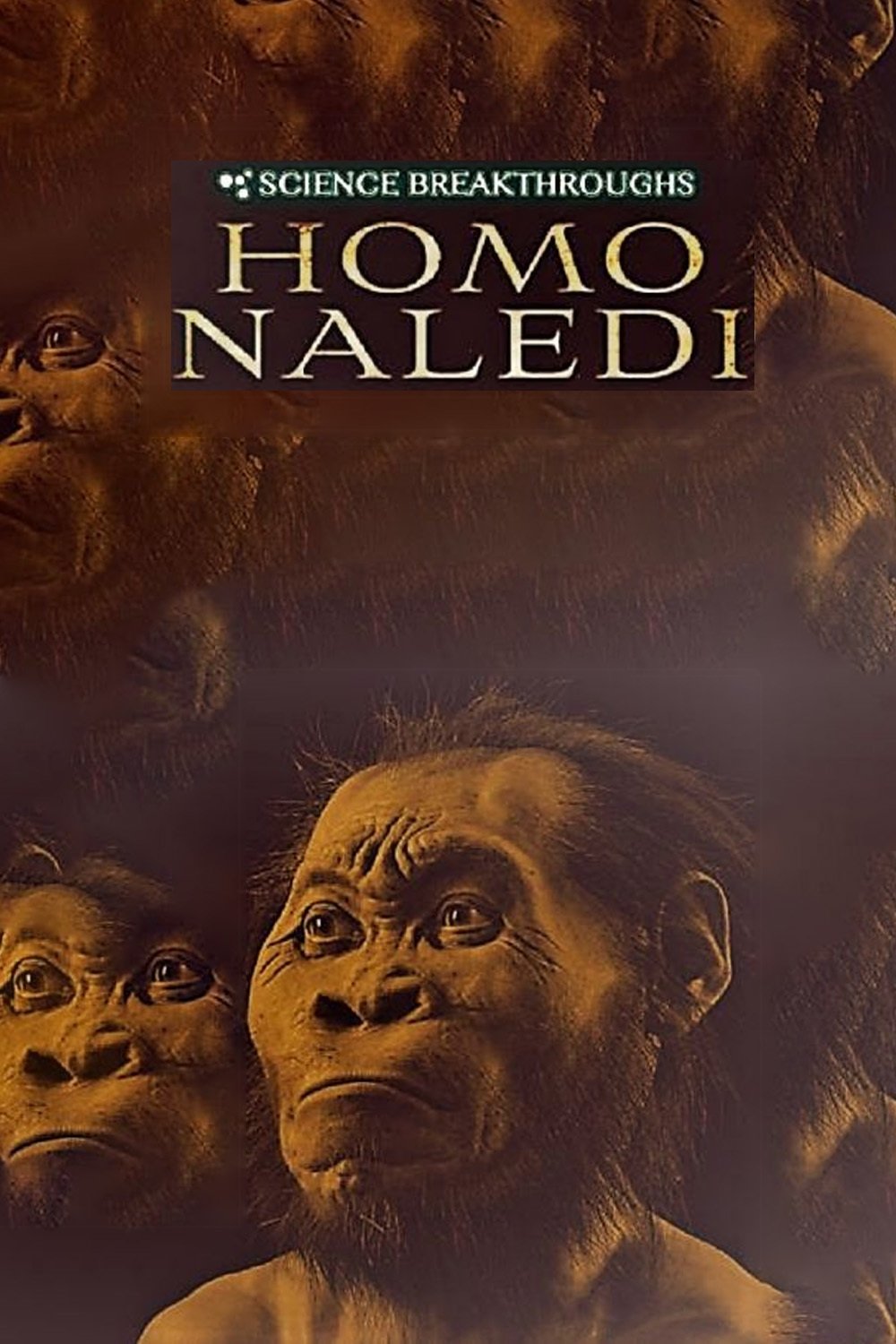
Science Breakthroughs: Homo Naledi
Released on: 2017-12-25
Documentary
Science Breakthroughs: Homo Naledi Discovered in 2013, new and puzzling finding of small-skulled fos...

The Age of Transitions
Released on: 2009-01-01
Documentary
The cutting edge group known as transhumanists see a beautiful future brought about by artificial in...

Evolution from ape to man
Released on: 2017-02-01
Animation, Documentary
For Millions of years, our planet has been floating in space. Millions of creatures have lived on it...

Les Derniers Secrets de l'humanité
Released on: 2023-08-25
Documentary, History
This series incorporates the latest animated 3D films to explore recent discoveries about human hist...
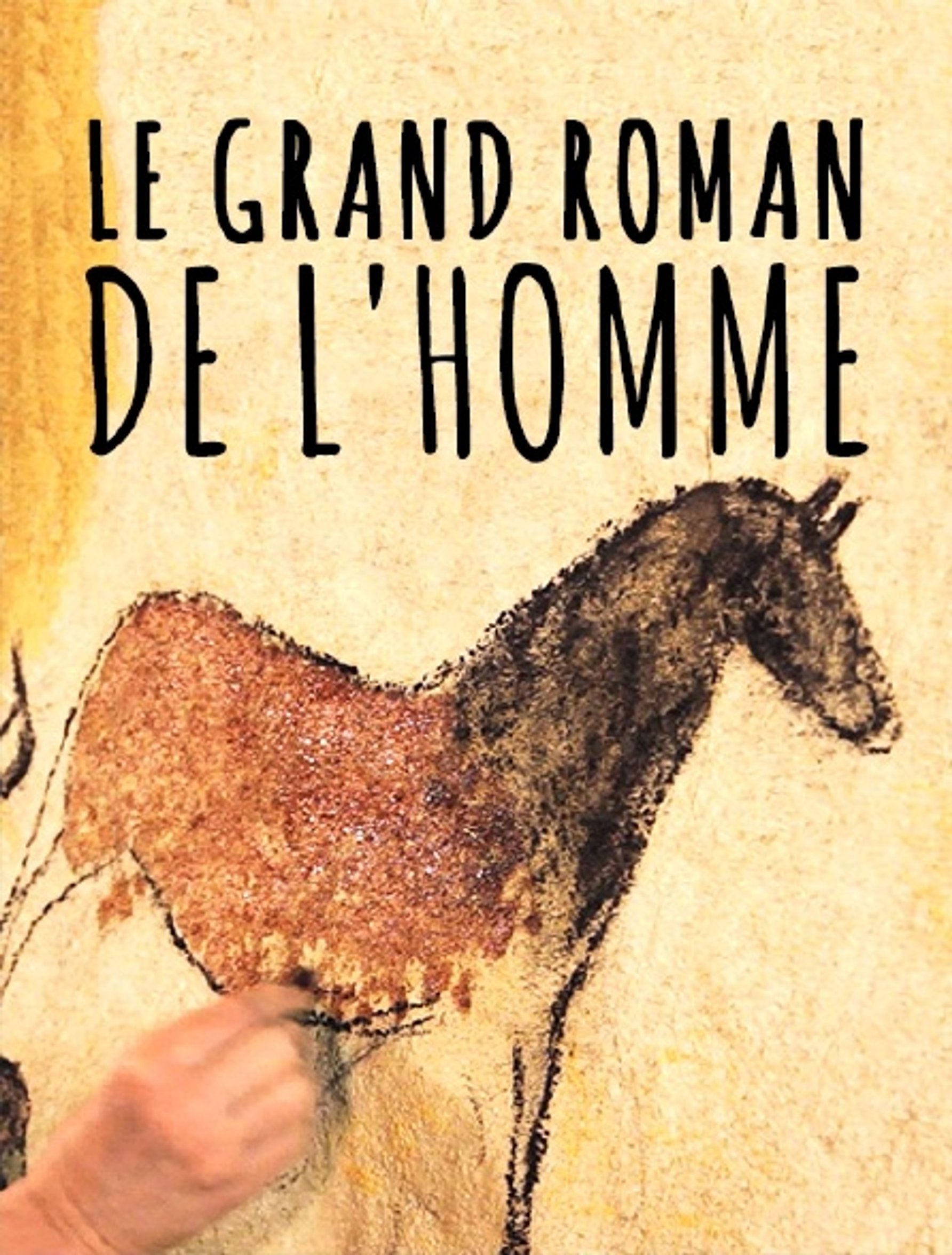
Le grand roman de l'homme
Released on: 2014-01-01
Documentary
At what point in our evolution did we start talking? To paint, play music and travel? When did we bu...
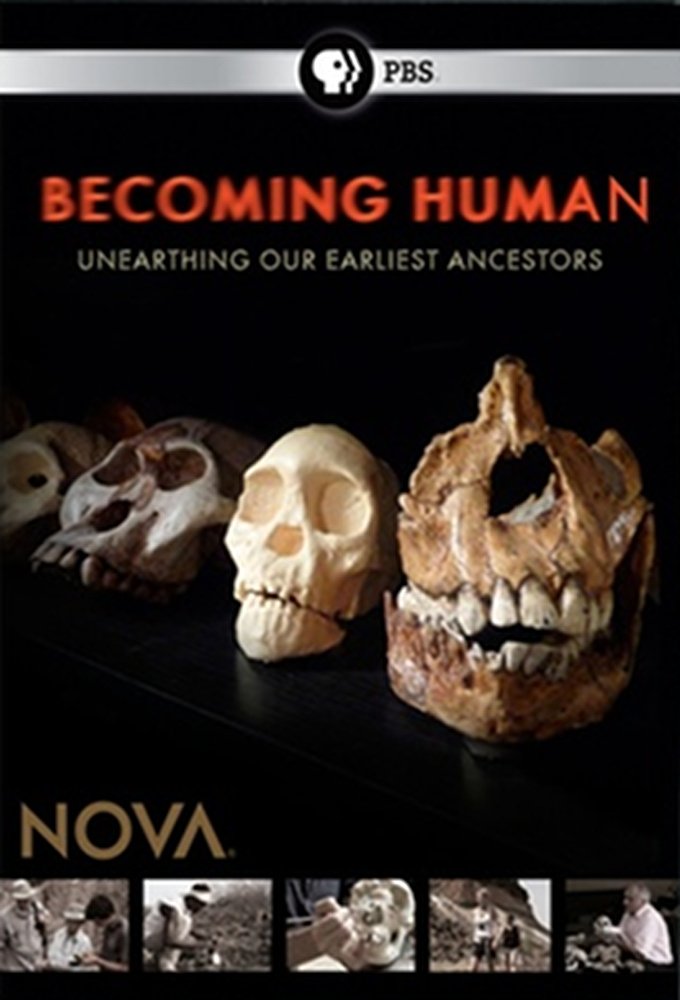
Becoming Human
Released on: 2009-03-23
Documentary
NOVA's groundbreaking investigation explores how new discoveries are transforming views of our earli...
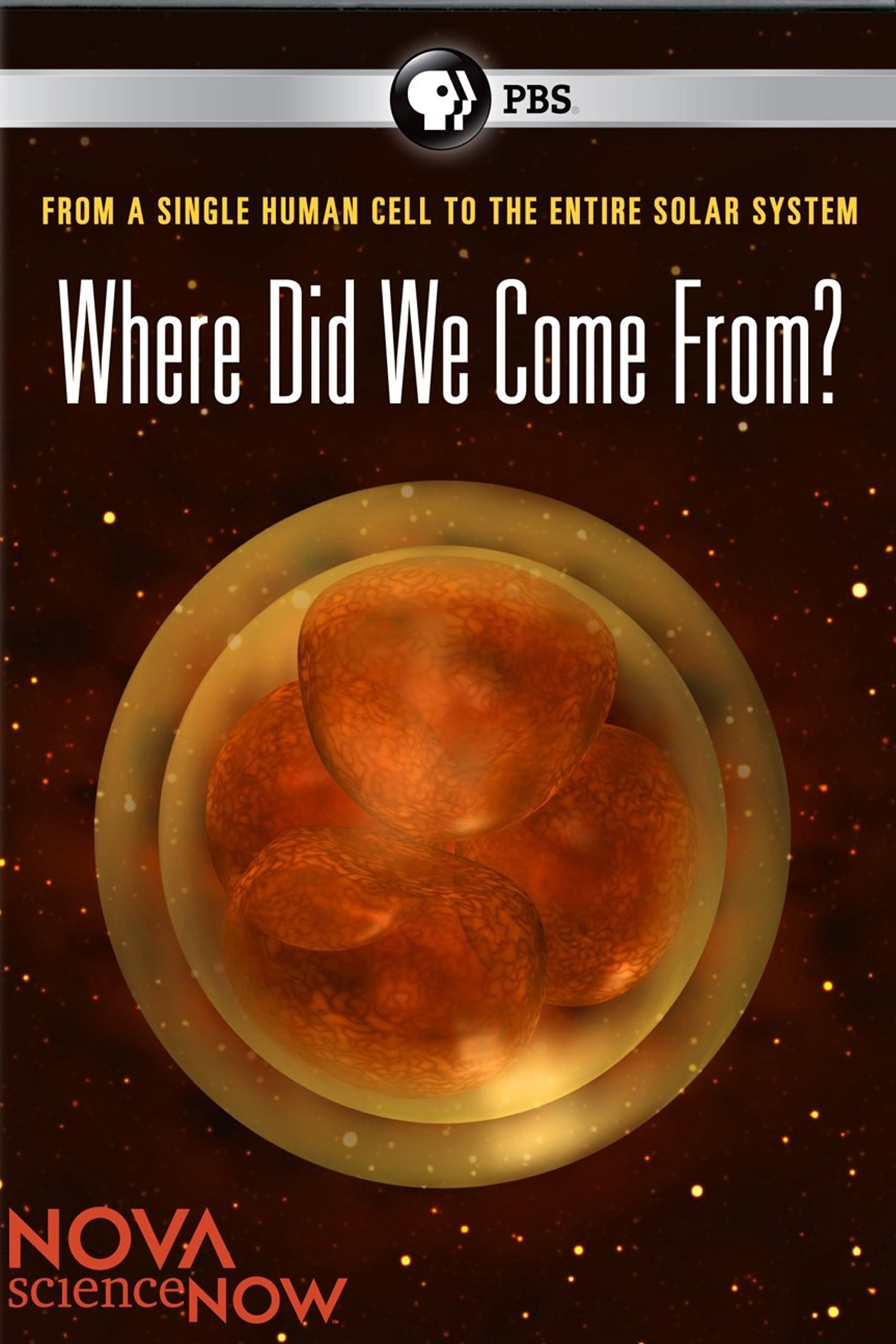
Where Did We Come From?
Released on: 2011-03-29
Documentary
Host Neil deGrasse Tyson tackles one of science's major challenges in each segment of Where Did We C...
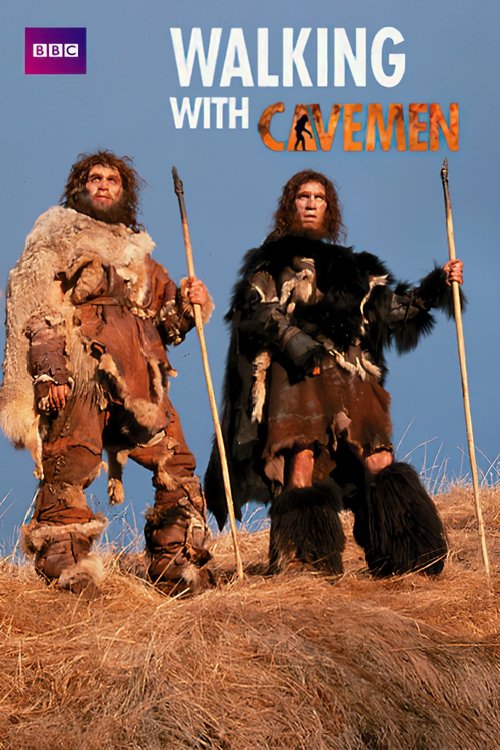
Walking with Cavemen
Released on: 2003-08-04
Documentary
The great follow-up to 'Walking with Dinosaurs' and 'Walking with Beasts', presented by Professor Ro...

Immortalité, Dernière Frontière
Released on: 2016-04-12
Documentary, Science Fiction
Immortality and eternal life: Will this great human dream come true? In any case, cryonics is making...

Multitasking – How Much Can We Do Simultaneously?
Released on: 2021-11-20
Documentary, TV Movie
Can the human brain really handle several tasks at once? The film exposes the myth about effective m...

Neanderthal Apocalypse
Released on: 2015-09-19
Documentary
40, 000 years ago the steppes of Eurasia were home to our closest human relative, the Neanderthals. ...

Out of the Cradle
Released on: 2018-12-01
Documentary, TV Movie, History
How did humanity's earliest ancestors evolve into one of the most successful species on Earth? An ex...

Die Abenteuer der Menschen
Released on: 2020-12-01
Documentary
Around four million years ago, ape-like creatures discovered the advantages of walking upright. The ...

